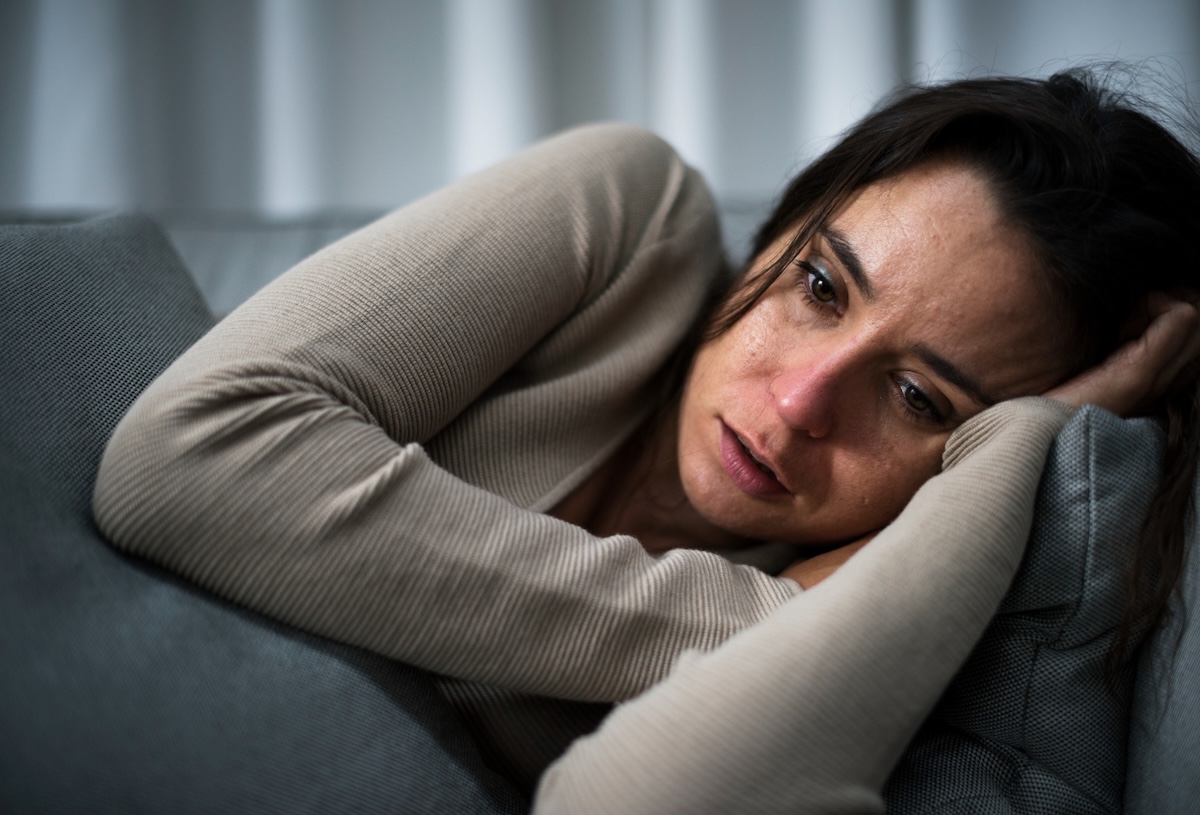Depression is a common and serious mental health condition that affects how you feel, think, and handle everyday life. It goes beyond just feeling sad for a few days. People with depression often struggle with deep, ongoing feelings of sadness or hopelessness that don’t go away on their own. It can affect work, relationships, and your ability to enjoy things you used to love.

The good news is that depression is treatable. Many people recover with the right care and support. Understanding what depression is and how it can be managed is the first step toward feeling better.
What Is Depression?
Depression, also called major depressive disorder, is more than just having a bad day or feeling low. It’s a medical condition that affects your brain and mood in a way that makes everyday life harder. Depression can make it difficult to concentrate, eat, sleep, or find energy for regular tasks.
While it’s normal to feel sad or down sometimes, depression is different. The feelings are stronger, last longer—at least two weeks or more—and interfere with daily life. Without treatment, depression can get worse, but with help, most people start to feel better and regain control over their lives.
Types of Depression
There are several different types of depression. Each type has its own pattern and triggers. Some of the most common types include:
-
Major depressive disorder, which involves intense sadness and loss of interest in activities for at least two weeks
-
Persistent depressive disorder (dysthymia), a long-term form of depression that lasts two years or more
-
Seasonal affective disorder (SAD), which occurs during certain times of the year, usually in the winter
-
Postpartum depression, which happens after childbirth
-
Bipolar depression, the low mood phase of bipolar disorder
-
Situational depression, which is linked to a stressful life event such as a loss or major change
Each type can affect people differently, and treatment may vary depending on the type and severity.
What Causes Depression?
Depression doesn’t have a single cause. It often results from a mix of biological, psychological, and environmental factors. One key factor is brain chemistry. Changes in certain chemicals in the brain—such as serotonin, dopamine, and norepinephrine—can affect mood and emotional balance.
Genetics also play a role. If a close family member has experienced depression, you may be more likely to develop it too. However, many people with no family history still experience depression.
Life events can also trigger depression. Losing a loved one, losing a job, going through a breakup, or dealing with financial problems or trauma can all play a part. Ongoing stress, chronic illness, or drug and alcohol misuse may also contribute.
It’s important to remember that depression isn’t a sign of weakness or something you can “snap out of.” It’s a medical condition that needs attention and care, just like any physical illness.
Symptoms of Depression
Depression can feel different from person to person, but there are some common signs to look out for. These include:
-
Feeling sad, empty, or hopeless most of the day
-
Losing interest in activities you used to enjoy
-
Trouble sleeping or sleeping too much
-
Feeling tired or having no energy
-
Changes in appetite or weight
-
Difficulty concentrating, remembering things, or making decisions
-
Feeling worthless, guilty, or like a burden
-
Moving or speaking more slowly than usual, or feeling restless
-
Thoughts of death or suicide
Not everyone with depression has all these symptoms. Some people may only notice a few. The key is how long they last and how much they affect your life.
How Depression Is Diagnosed
If you think you might have depression, it’s important to talk to a healthcare provider. They will ask about your symptoms, how long you’ve had them, and how they affect your daily life. They may also ask about your medical history, mood patterns, and any recent life changes.
There’s no single test to diagnose depression, but doctors often use interviews and questionnaires to better understand what you’re experiencing. Sometimes, blood tests are done to rule out other conditions, like thyroid problems or vitamin deficiencies, that can cause similar symptoms.
Once diagnosed, your doctor or therapist will work with you to create a treatment plan that fits your needs.
Treatment Options
The good news is that depression is treatable. Many people start to feel better with a combination of treatments. The most common options include:
-
Therapy, such as cognitive behavioral therapy (CBT), which helps you change negative thought patterns
-
Medications, including antidepressants that balance brain chemicals
-
Lifestyle changes, like regular exercise, healthy eating, and getting enough sleep
-
Support groups or counseling, where you can connect with others who understand what you’re going through
-
Light therapy, especially for seasonal depression
-
Alternative therapies, such as mindfulness, meditation, or acupuncture, which some people find helpful
In more severe cases, treatments like electroconvulsive therapy (ECT) or transcranial magnetic stimulation (TMS) may be used, especially when other options haven’t worked.
Treatment often works best when it’s consistent and adjusted to your specific symptoms. It may take time to find the right approach, but with patience and support, improvement is possible.
Living With Depression
Living with depression can be tough, but you’re not alone. Many people face depression at some point in their lives, and many of them recover. The first step is reaching out for help.
Building a routine, staying connected with loved ones, and practicing small acts of self-care can make a big difference over time. Celebrate small victories, even if it’s just getting out of bed or taking a shower on a hard day.
It’s okay to ask for help—and to keep asking until you find what works for you. With the right treatment and support, most people with depression can get back to enjoying life again.
